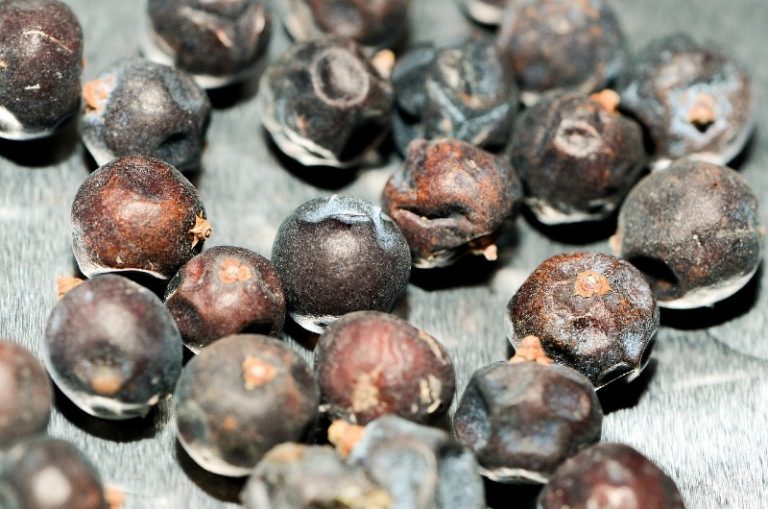What Does Moscato Wine Taste Like?
Quick Answer
Moscato is a sweet white wine known for its fruity and floral flavors. Common tasting notes include peach, apricot, and sometimes citrus or tropical fruits, along with floral hints like orange blossom or honeysuckle. The wine often has low acidity and may exhibit a slight effervescence, making it feel light and smooth on the palate. It’s a popular choice for those who prefer a sweeter, easy-to-drink wine, often served as a dessert wine or aperitif.
What is Moscato?
Moscato, also known as Muscat in some regions, is one of the oldest known grape varieties, with origins that can be traced back to ancient Greece and possibly even before. This grape has seen the Mediterranean shores, been cultivated under the Egyptian sun, and thrived in the Italian soil. The word “Moscato” is Italian for Muscat, and Italy is perhaps the country most famously associated with producing Moscato wines today, particularly the Piedmont region.
Types of Moscato Wine
When it comes to types, Moscato is quite versatile. Here are some of the most popular types:
- Moscato d’Asti: Originating from the Piedmont region in northwest Italy, this is a sweet, slightly sparkling (frizzante) wine. It’s one of the most popular types of Moscato and is often consumed as an aperitif or with dessert.
- Asti Spumante: Also from Piedmont, Asti Spumante is a fully sparkling version of Moscato. It’s sweeter and fizzier compared to Moscato d’Asti.
- Still Moscato: Less common but still appreciated, still Moscato has no bubbles. It’s often produced in areas outside of Piedmont, including other parts of Italy and countries like Australia and the United States.
- Pink Moscato: This is essentially Moscato wine with a small amount of Merlot or other red wine added to give it a rosy hue. The taste profile remains similar to that of regular Moscato but may include additional notes like strawberries or cherries.
- Moscato Rosa: A rarer type, produced mainly in northern Italy and parts of Austria. It has a rich pink to red hue and offers a spicier profile with notes of cinnamon and cloves.
What Does Moscato Wine Taste Like?
Sweetness
Moscato is best known for its sweetness, which can range from subtly sweet to richly sugary. The high sugar content in the Moscato grape contributes to this characteristic, making it an ideal choice for those who prefer their wines on the sweeter side.
Comparison with Other Types of White Wine
When compared to other white wines like Chardonnay, Sauvignon Blanc, or Pinot Grigio, Moscato is generally much sweeter. While other whites may offer dry, crisp profiles, Moscato embraces its sugary nature, often making it more approachable for wine newbies or those with a sweet tooth.
Fruity Notes
When tasting Moscato, you’re likely to encounter a delightful array of fruit flavors, with common notes of peach, apricot, and green grape. Some varieties may even offer hints of citrus fruits like orange or tropical notes like pineapple.
Influence of Terroir and Winemaking Practices
The fruit flavors in Moscato can be influenced significantly by the terroir-meaning the soil, climate, and topography where the grape is grown. Additionally, winemaking practices, like fermentation temperature and aging process, can also affect the fruity notes. For instance, a cooler climate and shorter fermentation might accentuate green grape or citrus notes, while a warmer climate could bring out richer, more tropical flavors.
Floral Aromas
Moscato’s bouquet often includes enchanting floral aromas like orange blossom, honeysuckle, and sometimes even rose. These elements add a layer of complexity and sophistication to the wine.
Contribution to Overall Tasting Experience
The floral notes elevate the sensory experience of drinking Moscato, adding a fragrant depth that complements its fruity sweetness. This makes for a rounded and engaging tasting profile that goes beyond mere sweetness, adding a touch of elegance.
Acidity and Texture
One of Moscato’s distinct characteristics is its relatively low acidity, especially when compared to more tart white wines. This low acidity contributes to a smoother, velvety mouthfeel.
Impact on Mouthfeel
The low acidity makes Moscato incredibly easy to drink. It adds a sense of fullness and richness to the wine, allowing the sweet and fruity flavors to shine without being overshadowed by sharpness or tanginess.
Effervescence
Many Moscato varieties, like Moscato d’Asti and Asti Spumante, have a degree of effervescence. The light bubbles contribute to the wine’s festive, lively character.
Contribution to the Wine’s Appeal
The effervescence of Moscato adds an extra dimension to the drinking experience. The bubbles not only make the wine more refreshing but also help to spread the fruity and floral aromas, enhancing the wine’s overall appeal and making it a popular choice for celebrations or casual sipping.
Pairing Moscato
Suggestions for Food Pairings
Moscato’s sweetness and low acidity make it incredibly versatile when it comes to food pairings. Here are some suggestions:
Spicy Foods
The sweet nature of Moscato can provide a delightful contrast to spicy dishes. Foods with a kick, like spicy Asian cuisine, Mexican dishes, or even spicy barbecue, can be well-balanced when paired with a glass of Moscato.
Desserts
Moscato is often considered a dessert wine, and it pairs beautifully with a variety of sweet treats. Think fruit tarts, apple pie, or peach cobbler. The fruit notes in the wine can often complement the fruits in the dessert, creating a harmonious flavor experience.
Cheese and Charcuterie
Moscato can also work well with cheeses, especially creamy, soft ones like Brie or Camembert. A charcuterie board featuring these cheeses along with some fruits and light crackers can be a perfect match.
Lighter Fare
For a more casual pairing, consider foods like light salads, seafood, or finger foods. The light and effervescent nature of Moscato makes it a great companion to lighter, less complex flavors.
Ideal Occasions for Serving Moscato
Social Gatherings
Moscato’s easygoing nature makes it a popular choice for casual social gatherings. Whether it’s a backyard barbecue or a picnic, the wine is easy to enjoy and doesn’t demand serious contemplation.
Celebratory Events
The bubbly versions of Moscato, like Moscato d’Asti or Asti Spumante, are often associated with celebrations. They make a sweet alternative to Champagne during toasts at weddings, anniversaries, or any congratulatory events.
Dessert Courses
Given its traditional role as a dessert wine, Moscato is a natural choice to serve during the dessert course of a formal dinner. It can replace or accompany the sweet course, adding an extra layer of indulgence.
Romantic Dinners
Moscato’s sweet, floral notes and light bubbles can add a touch of romance to any dinner setting. Consider serving it with a dessert to share or as an aperitif to start the evening.
FAQs
Is Moscato Like White Wine?
Moscato is indeed a type of white wine, but it stands out for its distinctively sweet and often fruity profile. While many white wines like Chardonnay, Sauvignon Blanc, or Pinot Grigio are often dry and can be either fruit-forward or mineral-driven, Moscato is almost universally sweet.
Its low acidity and sometimes effervescent qualities make it a unique subset within the broader category of white wines. In summary, while Moscato is a white wine, its flavor profile and characteristics set it apart from other, often drier, white wines.
Red Moscato Vs Pink Moscato
Pink Moscato
Pink Moscato is essentially white Moscato wine that has had a small amount of a red wine like Merlot or Zinfandel blended into it. This gives the wine its rosy hue and often adds a slight berry flavor to the existing fruity profile. Pink Moscato is often lighter than Red Moscato and works well with lighter dishes like salads, seafood, or fruit-based desserts.
Red Moscato
Red Moscato is made from black-skinned Muscat grapes and usually has a deeper, richer flavor profile compared to its white and pink counterparts. You might find notes of berries, like raspberry and blackberry, along with the grape’s signature sweetness. It can pair well with richer foods, such as barbecue and even chocolate-based desserts.
In essence, while both Red and Pink Moscato share the grape’s characteristic sweetness, the former offers a richer, deeper profile suitable for hearty fare, while the latter provides a lighter, often more summery vibe.
How To Serve Moscato Wine?
Moscato is best served chilled, typically between 46-50°F (8-10°C). This enhances its refreshing qualities and allows the fruity and floral notes to shine.
Glassware
A standard white wine glass will do for still Moscato, but if you’re enjoying a sparkling variety like Moscato d’Asti, consider using a flute to preserve and highlight the bubbles.


